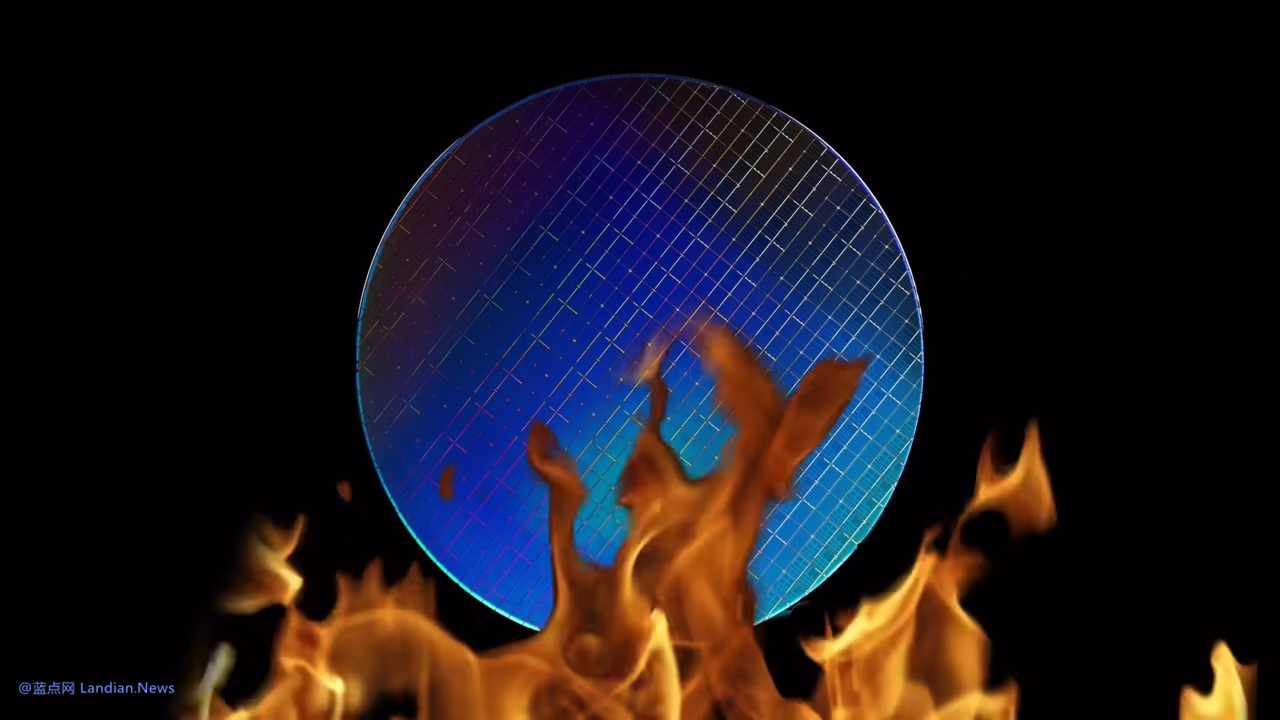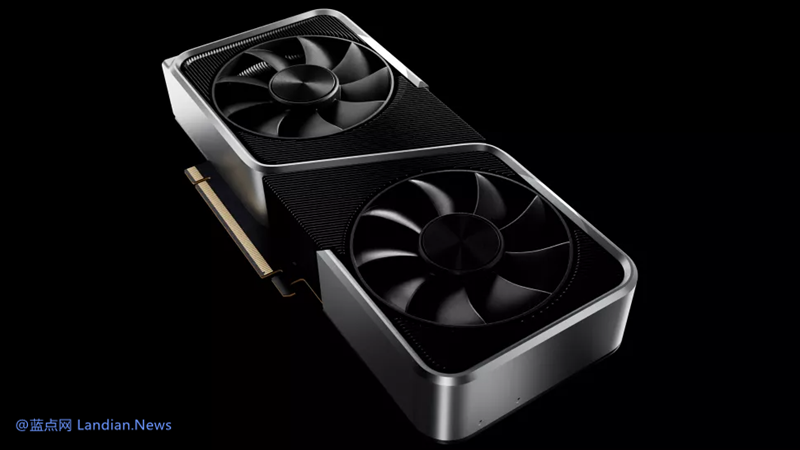Intel Shifts Focus from High-Performance CPUs to GPUs Amid Financial Struggles
In a surprising revelation by YouTube tech vlogger MLID, Intel is reported to have ceased the development of high-performance CPU processors to pivot towards GPU chips, specifically targeting AI applications with high-performance GPUs.
The decision to abandon high-performance CPU development stems from the high costs associated with the development of the "Royal Core" project, which drained significant financial resources, pushing Intel into a financial predicament.
The Royal Core project, spearheaded by former Intel chip team lead Jim Keller—who has since departed from the company—was a major factor behind Intel's strategic shift.
As a result, Intel is discontinuing the Beast Lake and subsequent processor product lines, moving away from high-performance CPU processors. Instead, Intel is making a strategic adjustment towards stackable mega-performance cores, moving away from splitting CPUs into more, smaller threads (virtual cores). Future CPU designs will feature stackable mega-performance cores, which can offer high single-core performance or be divided into smaller rentable units (RU) for multi-core processing workloads.
This design approach allows a single chip to cater to both high single-core performance demands and multi-core processing tasks. The proposed Beast Lake Refresh (or Beast Lake Next) chip is expected to feature six high-performance cores, each capable of being split into four rentable units for multi-core processing, resembling Intel's current hybrid architecture.
However, Intel's ultimate focus is on GPU chips, recognizing the escalating demand and requirements for chips driven by rapid advancements in AI technology. Pat Gelsinger, Intel's CEO, is betting on a long-term demand for AI chips, signaling a significant strategic shift towards GPUs.










